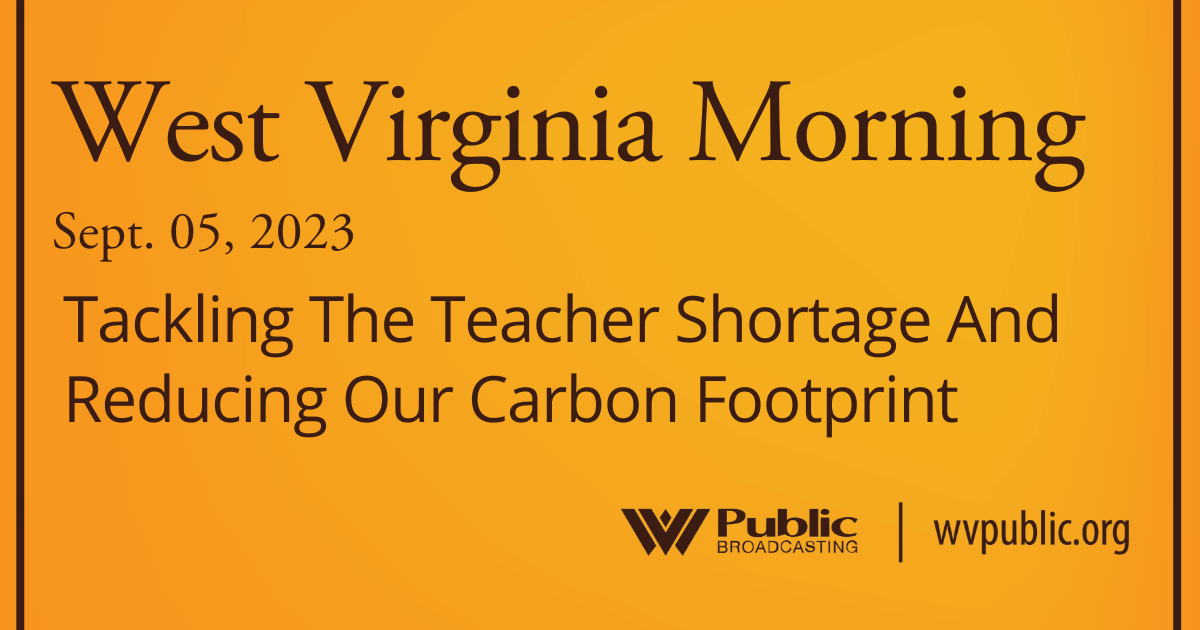While many states are adopting policies to make homes, cars and appliances more energy efficient, a new report finds states in the Ohio Valley are moving in the opposite direction.
Both Ohio and Kentucky fell in the rankings, according to 2019 State Energy Efficiency Scorecard released Tuesday by the nonprofit American Council for an Energy-Efficient Economy, or ACEEE.
West Virginia moved up one position, tying for 48th place.
Energy efficiency policies reduce electricity use and can help consumers and businesses save money on their power bills. They’re also considered “low hanging fruit” in the fight against climate change.
While ACEEE found it was a “whirlwind year” for many states in terms of adopting more energy efficiency policies, in the Ohio Valley the opposite was true. The group analyzed more than 30 metrics in six policy areas, including electric utilities, the transportation sector, building policies, policies that incentivize combined heat and power, state-specific programs and appliance standards.
Energy efficiency policies run the gamut from rebates for buying energy efficient washing machines to helping homeowners and businesses audit and reduce their energy use.
Kentucky had the single largest drop in rankings, according to the report. The state fell from the middle of the pack. It was tied for 29th in 2018 to 38th this year.
ACEEE attributed the fall to a 2018 decision by the state’s public service commission to axe most of Kentucky Power’s demand-side management programs. Other utilities in the state have seen similar reductions in program funding, ACEEE said. The group did praise Kentucky for offering a variety of state-specific financial incentives to promote investment in energy efficiency.
A controversial new law in Ohio, HB 6, which subsidies the state’s nuclear and coal plants, also cut the state’s renewable energy goals and reduced energy efficiency targets from 22 percent to 17.5 percent, which most utilities are close to meeting. Opponents seeking to repeal the law by a referendum vote in November 2020.
Ohio was also tied for 29th place. It’s now tied for 33rd.
According to the report, West Virginia offers little to no energy efficiency incentives for homeowners and businesses. While electric utilities in the state do offer some efficiency programs, ACEEE said they achieve low levels of savings in part because customers can opt out of participating.
West Virginia earned the most points in a category for its building policies. This spring, the state began evaluating the energy performance of state-owned buildings, beginning with schools. The effort is being supported by a U.S. Department of Energy grant. The state is tied for 48th place, moving up one position from its 2018 ranking.
Weak energy efficiency policies can deeply impact customers’ power bills. Across the Ohio Valley, the price of electricity has risen, although it remains below the U.S. average. Utilities that were once able to provide cheap power by burning coal, have increasingly raised rates and asked for surcharge fees. Much of the region faces a high level of “energy burden,” or spends a larger percent of their income on energy costs, according to maps produced by the National Renewable Energy Laboratory.
Massachusetts once again took the top spot for its energy efficiency policies, according to the ACEEE report. California, Rhode Island, Vermont and New York were among the top-ranked states.
